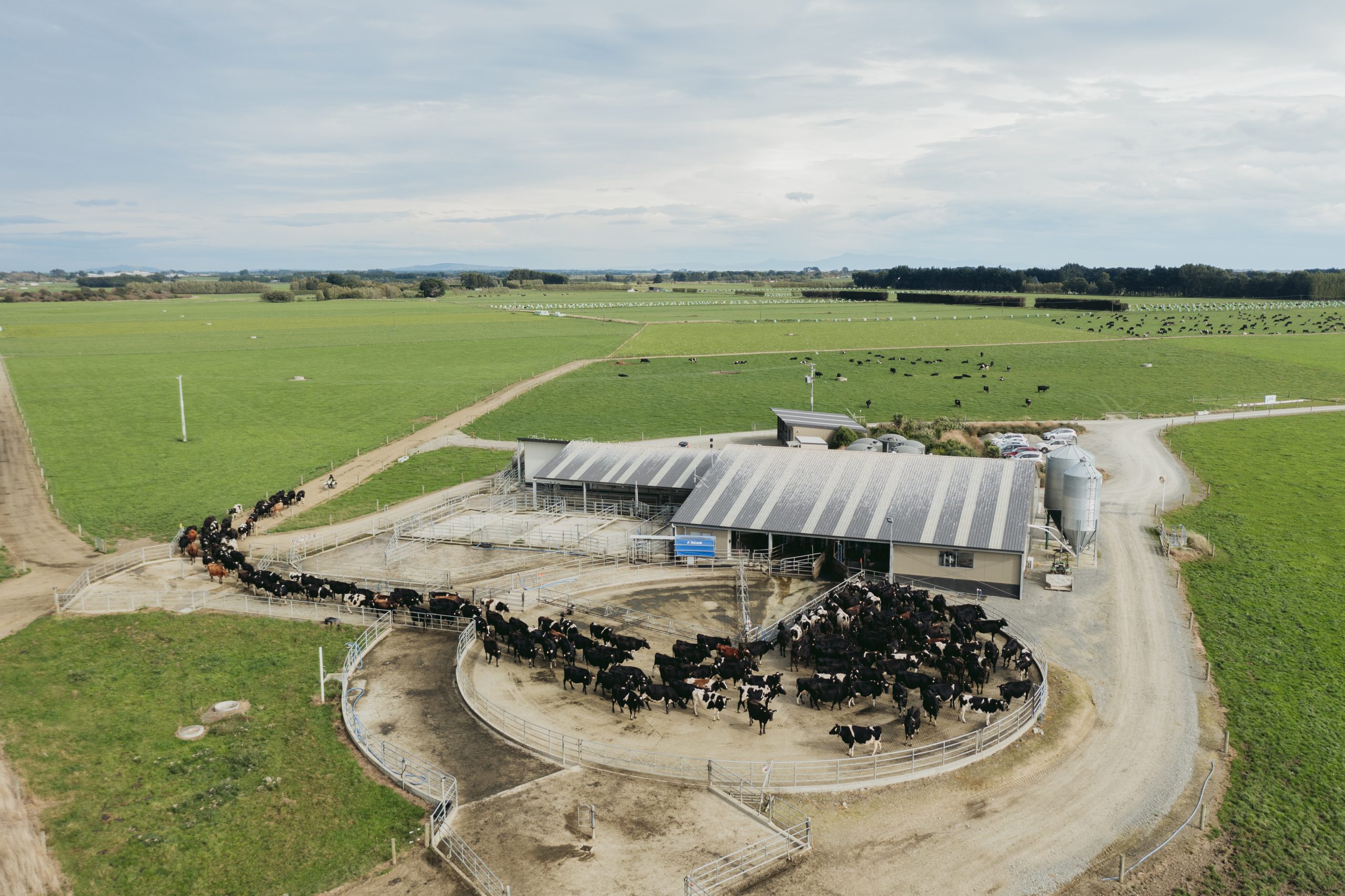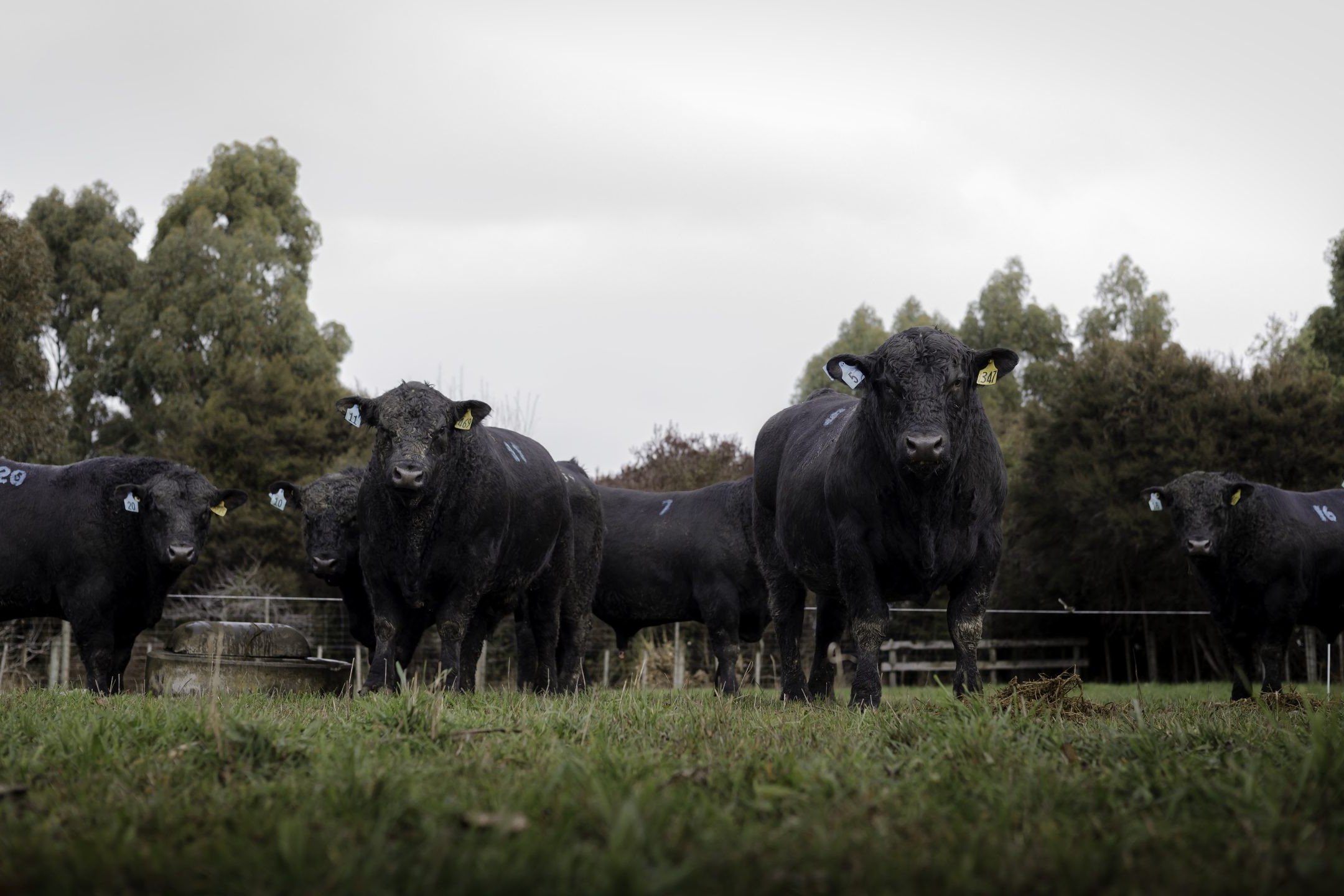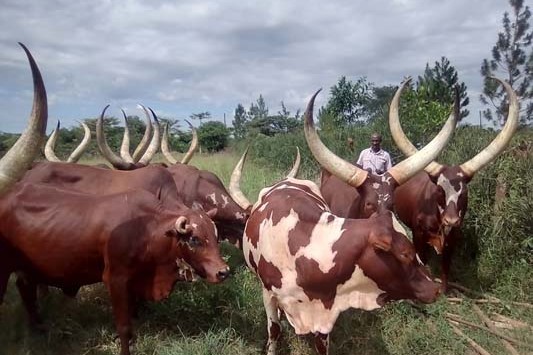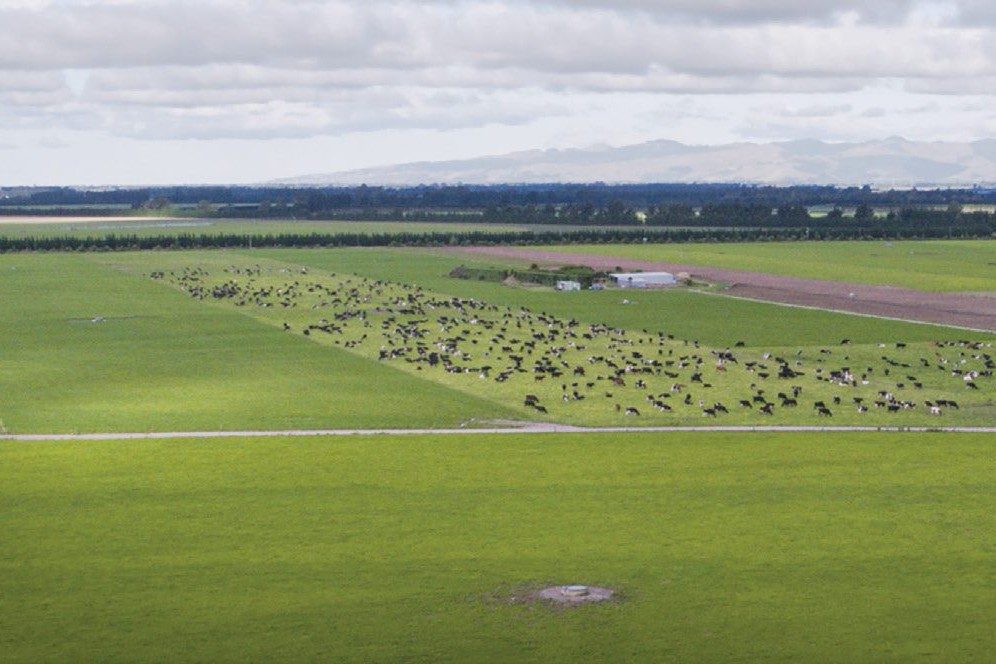By Karen Trebilcock
Most dairy beef calves born in New Zealand are recorded in MINDA as a mating and a birth event but LIC is wanting the information gathering to not end there.
With the pressure on dairy farmers to reduce bobby calves and also calves euthanised onfarm, the spotlight is now on dairy beef.
However, with a strong beef industry already supplying weaner calves to growers and finishers, dairy beef must stack up, LIC NZ Markets general manager Malcolm Ellis says.
“We’re primarily focusing on short gestation and ease of calving for dairy farmers with our selected beef sires, but the best thing we can do is to lift the performance of these animals with their growth rates so beef farmers also want them.
“There is a natural tension there but focused breeding programmes can lead to multiple trait supremacy.”
LIC teamed up with Beef + Lamb New Zealand Genetics in 2020 for its dairy beef progeny test scheme with 15 breeds from Angus to Stabilizer involved.
“It was a good idea in 2020. It’s an even better idea in 2022,” Malcolm says.
With environmental pressures coming on beef herds, with beef cows only producing a calf a year, dairy beef will become more important.
“That’s what’s driving this. There is nowhere in the face of increased environmental and regulatory consideration to hide anymore so we must produce elite beef sires and we must have the two industry organisations working together.
“The increased use of sexed semen enables dairy farmers to put their best cows to dairy semen for their replacements and the balance of their cows to these elite beef sires.”
LIC is using its Beef Selection Index (BSI) which compares sires across all beef breeds, similar to how NZAEL compares Friesian, Jersey and crossbred dairy animals.
Last mating season LIC inseminated more than 650,000 straws of non-dairy semen and Malcolm believes the figure will only continue to grow.
The key to it, he says, is continuing recording a dairy beef animal in MINDA after it leaves the dairy farm.
“We’ve got decades and multiple generations of information now on dairying recorded through MINDA and although it’s always been dairying’s guide to births, deaths and marriages, there is also a whole lot more that we get out of it.
“We want to do the same for dairy beef and feed that information back into the breeding and selecting of beef sires that we’re using for AB on dairy farms.
“We can then use those insights to drive genetic gain just as we have been doing for dairying for all of these years.”
A dairy beef animal could potentially have four owners – the dairy farmer, the rearer through to weaning, the grower and the finishing farmer.
Some 91% of dairy farmers use MINDA and, as a NAIT provider, it could be used to provide an easy transition from one owner to the next owner for animal recording and traceability.
Traits sought by beef growers include intramuscular fat, eye muscle area which is an indicator of carcase yield, and feed gain – the amount of feed a bull’s progeny will consume to produce one kilogram of weight gain.
As with dairy sires, the beef sires’ environmental impacts have also been modelled for methane and nitrogen.
LIC workshops with dairy farmers early this year and scheduled with beef farmers later this year are targeted to learn more about what a “MINDA Beef” solution might look like.
“We’re trying to add to the beef industry, not duplicate what is already there.”
LIC is also investing in dedicated bull handling facilities for semen collection from the beef breeds.
“Our dairy bulls arrive at LIC from breeders’ commercial farms at four to five months of age and we effectively begin their training from that point which sets them up well for semen collection at maturity.
“With the beef breeds they’ve come off the hills at 12 to 18 months old so we intend to develop specific facilities.”





